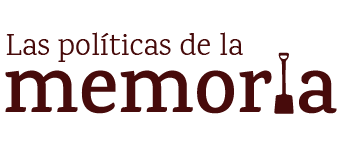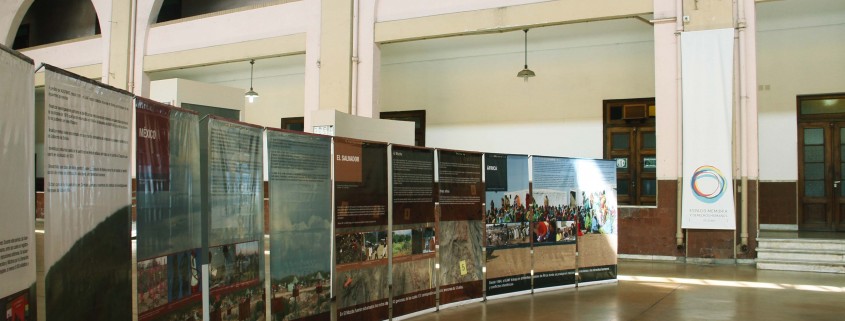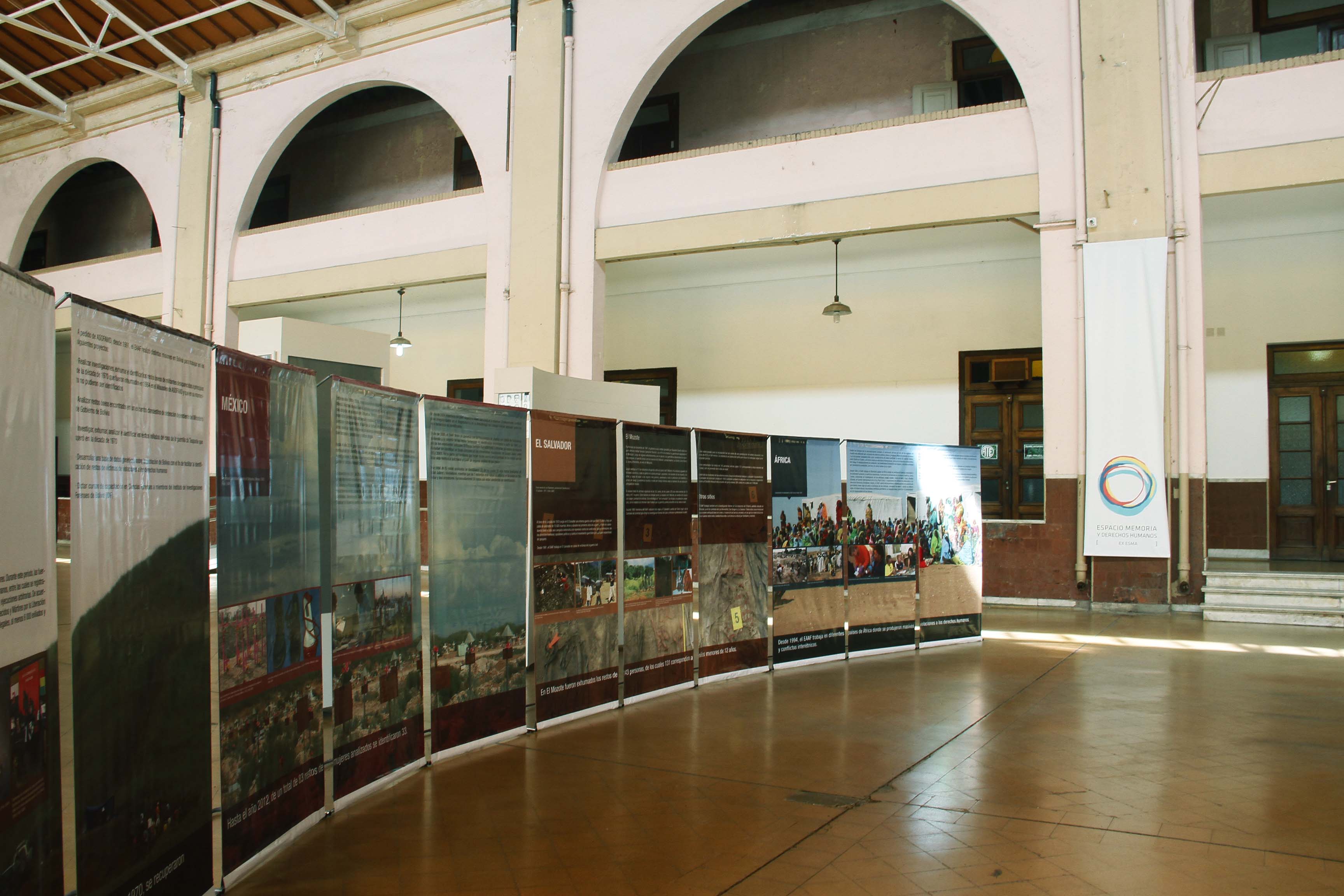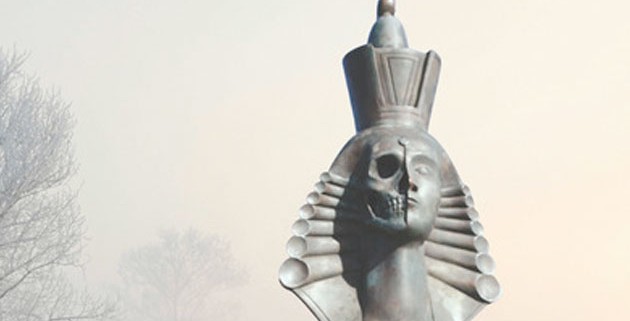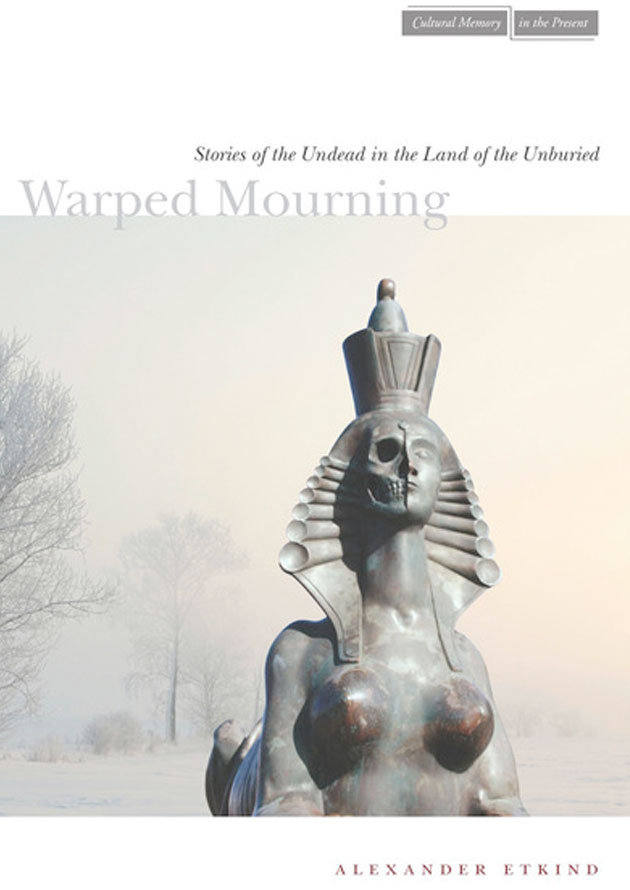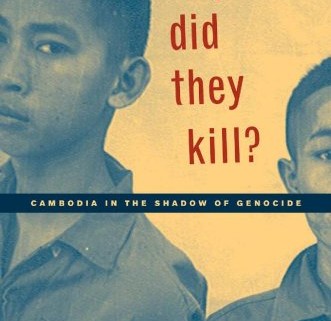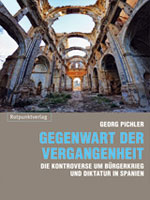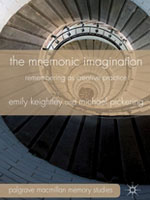“…dead bodies are maps of power and identity.” (Foltyn 2008: 104)
This site is about the many ways in which we increasingly interact with the material remains of the dead in contemporary society. I am interested in how dead bodies play a variety of roles in diverse social, cultural, economic and political processes. As death perhaps becomes less of a taboo in “Western” societies, are the dead becoming more visible in everyday life? If so, what role do they play in processes as diverse as identity formation, nation building, media, protest, memory, remembrance and commemoration, celebrity and fandom, economies of death, trade in body parts, sexual orientation, belief systems and tourism?
“We” (perhaps more so in Western societies) tend to think of the dead, once buried, as static and immobile and separated from life. And yet corpses are increasingly the focus of contemporary social interest, are increasingly represented in diverse ways in different media, and are often surprisingly mobile. How do corpses perform diverse roles as material subjects and agents embedded in wider networks composed of human and non-human, material and immaterial actors? Dead bodies often form parts of complex assemblages of sites of burial and disposal, artefacts associated with burial sites or forms of remembrance, memories, ceremonies, and rituals (both personal and everyday and led by the nation-state and spectacular).
Throughout this there is also a concern with the ethics of talking about and representing the dead. There must be respect for the dead as people and as loved ones. This extends to considering the limits to which the dead should be displayed, on this blog and elsewhere in different media and contexts. One issue for me, for example, is in the ethics of teaching about the dead in a university context. I hope in this blog these issues are always carefully observed.
